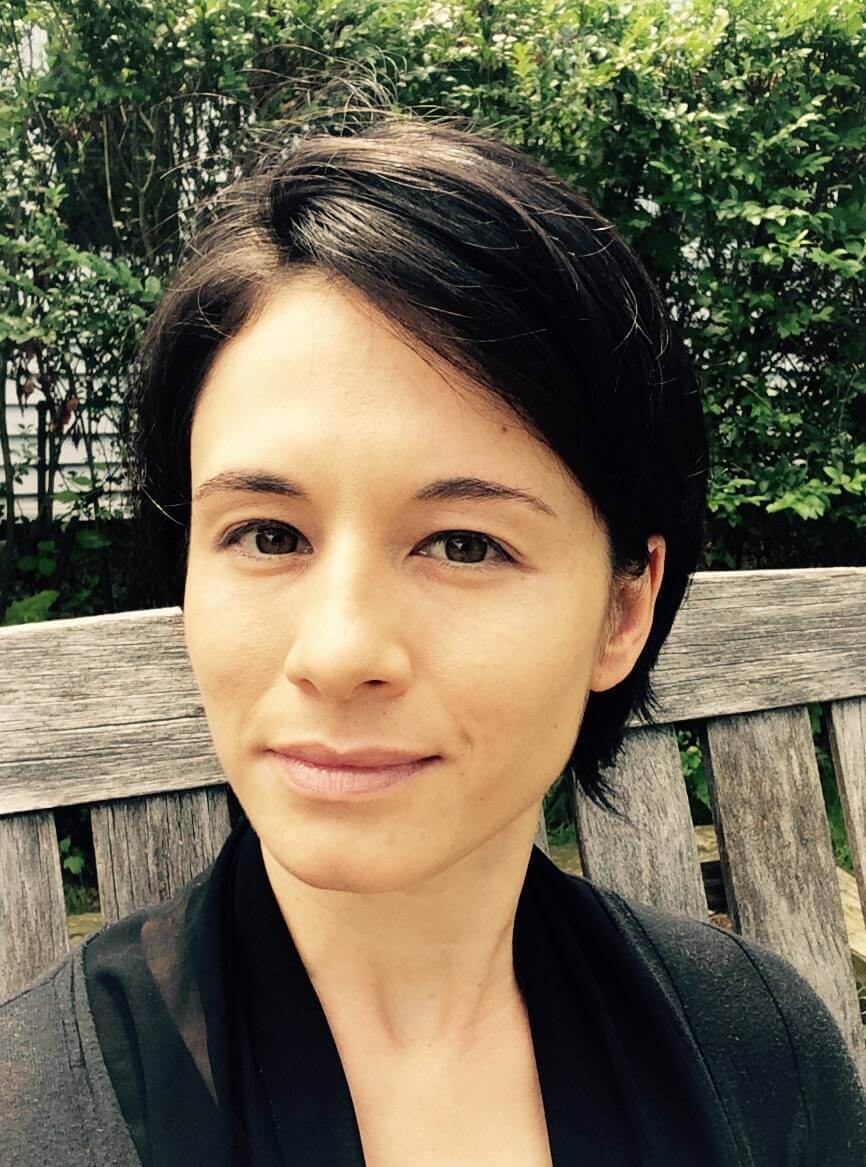
Yoko Hara is a historian of early modern art and architecture with an emphasis on Renaissance Italy. Her work addresses histories of media practice, knowledge production, and cross-cultural exchange.
Her current book project, Baldassarre Peruzzi and the Painter-Architect's Practice, will offer new ways of understanding the history of architectural education in the Renaissance period, exploring the deep intersection of image-making and space-making. Through a systematic reassessment of his paintings, buildings, drawings, and stage sets, this book spotlights the boldy experimental methods of spatial design that Peruzzi devised based on his hands-on experiences with pictorial facture. While today we admire the subject-specialist with deep expertise in a single field, multi-faceted careers of painter-architects like Peruzzi exemplify how historically, there was great appreciation for the free trafficking of skills and know-how across disciplinary boundaries. Tracing Peruzzi's transmedial design methods and the transformative impact they had on the pedagogy and practice of Renaissance architecture, this book argues that the "culture of making" rivaled the authority of the written word as an alternative form of knowledge production in the early modern period.
In addition to this work, Hara has explored the notion of transmediality in other publications, including a chapter in Chiaroscuro als ästhetisches Prinzip (De Gruyter, 2018) on the inspiration architects drew from optical representational techniques like chiaroscuro in their design of plastic forms; and an article in Renaissance Studies (2016) that examined Peruzzi's ground-breaking theater sets as a deep meditation on architecture's relationship to language.
Recently, Hara has also begun to think about the production and circulation of knowledge in the early modern period more broadly on a global scale. She is co-editing a volume of essays entitled, From Rome to Beijing: Sacred Spaces in Dialogue (Brill, 2023). This project grew out of an interdisciplinary conference that she co-organized in 2018 at Columbia University on the activities of the Jesuit missionaries at the Ming and Qing courts in China. Overall, the book uses the paradigm of space to examine the complexities of early modern multiculturalism, and to show how groups separated by language, religion, and historical consciousness negotiated mutual understanding - sometimes successfully, sometimes ineffectively.
In her courses, Hara explores with her students such themes as the intersections of art and science, history and theory of design, architecture and the natural world, architecture and literary traditions, relationships between bodies and spaces, and sensorial aspects of built environments. The general surveys of architectural history that she offers at Notre Dame emphasize issues of cross-cultural exchange, and the global legacy of classicism. She also has a deep interest in art and architectural history courses offered on site, and looks forward to teaching at the Rome Global Gateway campus in the near future. At Notre Dame, she is especially eager to work with students who bring new questions and fresh perspectives to familiar materials.
Prior to joining Notre Dame in 2022, Hara was Andrew Mellon Post-Doctoral Fellow at Columbia University in the Department of Art History & Archaeology (2016-18), and held visiting faculty positions at the Rhode Island School of Design, The Cooper Union, Boston College, Northeastern University, and at Dartmouth College's Rome program. She earned her B.A. from John Cabot University in Rome, her M.A. from Williams College, and her Ph.D. from the University of Virginia (2015).
Among other places, her work has been supported by the American Academy in Rome, the Samuel H. Kress Foundation, the Renaissance Society of America, the Thomas Jefferson Memorial Foundation, and the Scuola Normale Superiore di Pisa.
Areas of Expertise
- Architectural History and Theory
- Architectural Illustration
- Italian Language & Culture
- Renaissance and the Baroque